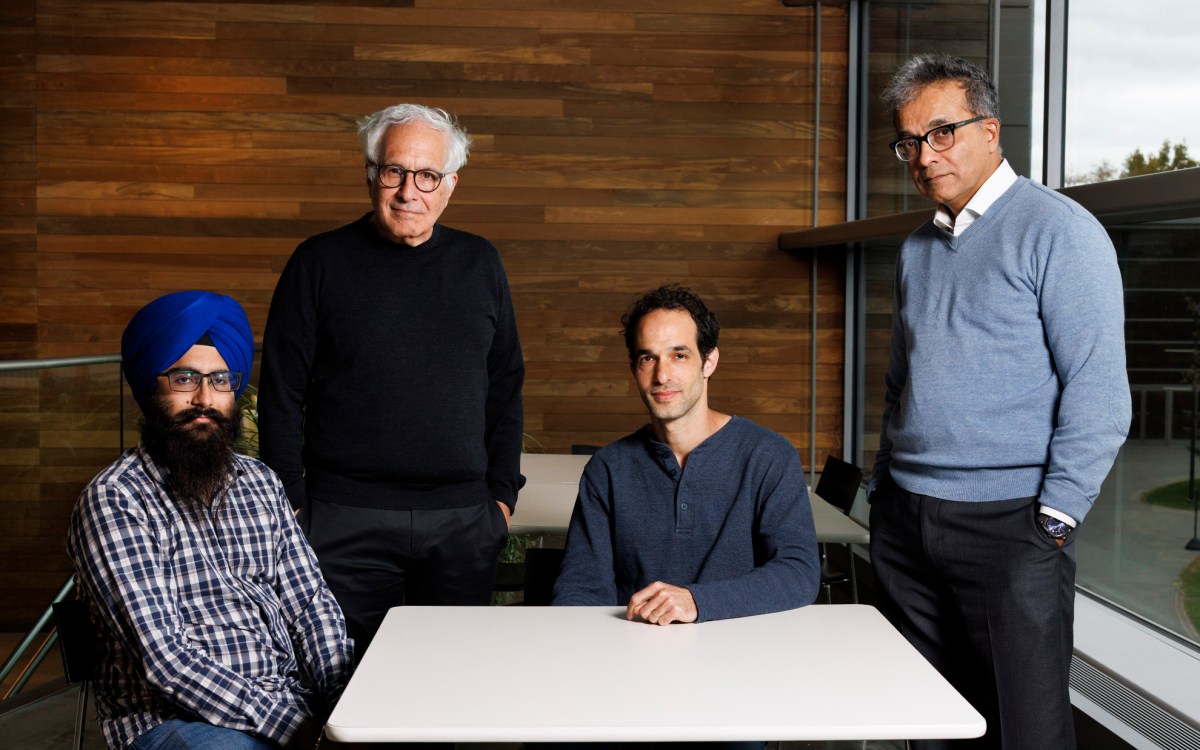Genetic computation tells man from microbe
New mathematical tool uses process of elimination to unmask microbes lurking in human tissue
By one estimate (based on bacteria counts in the colon or stool samples), microbes that call our bodies home outnumber human cells 10 to 1. Most of the bacteria, viruses, and other microbes are harmless or even beneficial. But others are suspected of being at the root of mysterious chronic diseases such as rheumatoid arthritis, type 1 diabetes, atherosclerosis, lupus, multiple sclerosis, and several types of cancer. Matthew Meyerson, a Harvard Medical School assistant professor who conducts his research at the Dana-Farber Cancer Institute, thought that using a process of elimination would allow him to detect and identify new infectious causes of cancer, autoimmune diseases, and inflammatory diseases. Meyerson and colleagues developed a new mathematical tool that uses the process of elimination to unmask microbes lurking in human tissue. While a study, published in the February 2002 Nature Genetics, did not identify new pathogens, it successfully detected a specific type of human papillomavirus in cervical cells, where it is known to cause cancer. The researchers call their new diagnostic tool “computational subtraction method” and have applied for a patent.





